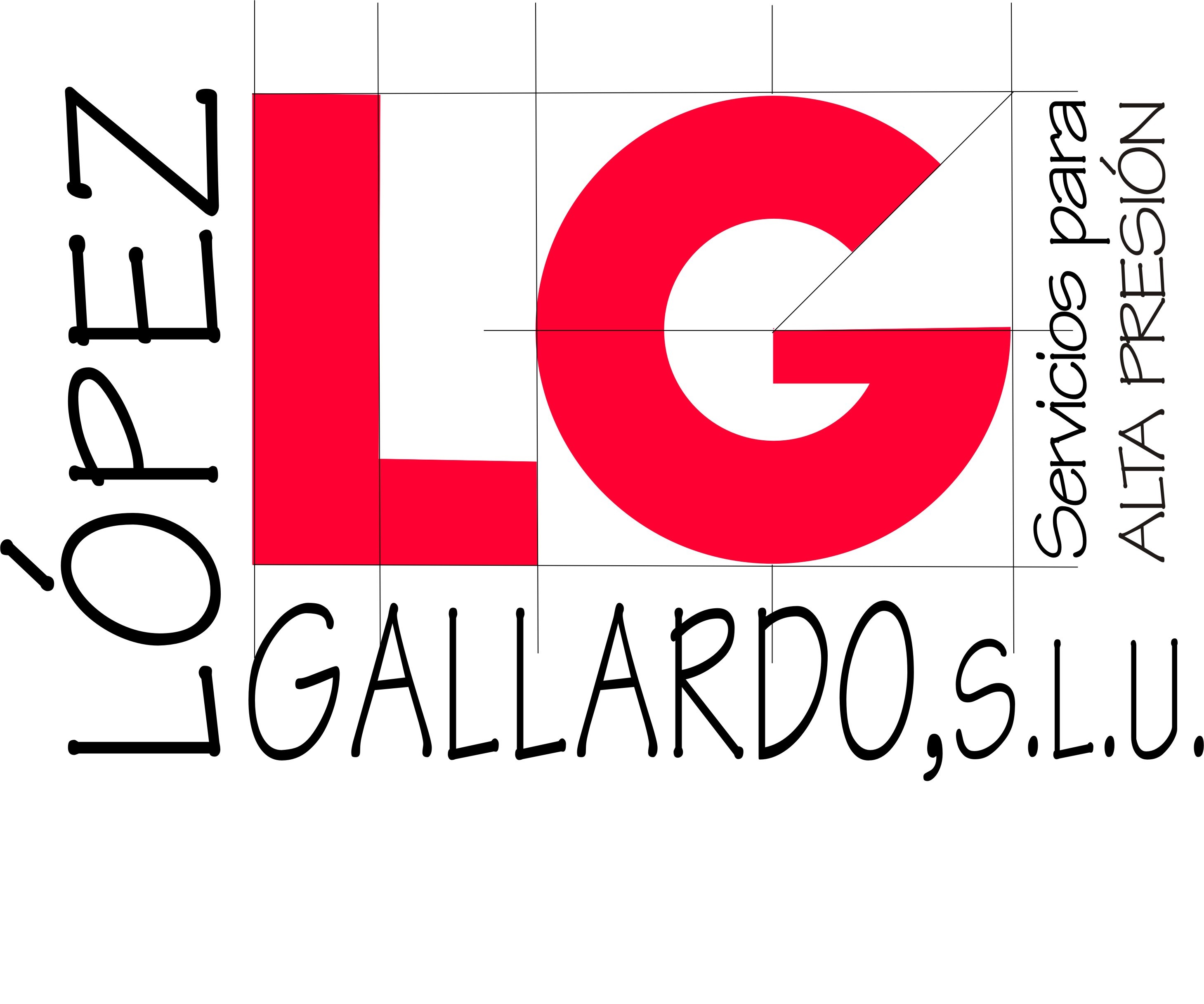richmond-1 escort
Although sociologists treat cohabitation as a novel sensation, it really is generally speaking recognized so it has existed very long sufficient to predate wedding.
Trends and habits
The difference between marriage and cohabitation was unclear in many countries until the mid-eighteenth century.
The distinction between these unions remained fluid until Lord Hardwicke codified marriage in 1753 in England, for example. Nonetheless, common-law wedding stayed popular well after the passing of Hardwicke’s Marriage Act. The possible lack of officials to oversee formal marriages and jurisdictional nuances kept marriage and cohabitation indistinct (Holland 1998; Seff 1995). Marriage actually developed in to the organization even as we realize it today in the nineteenth century. During this time period, wedding changed from a far more or less spiritual training to one commonly formalized under civil legislation, and therefore became the norm. But this will never be removed from context. As Winifred Holland (1990) remarks, the household happens to be a flexible organization and has taken care of immediately changing social circumstances in a dynamic way, and wedding became the norm for certain historic reasons. Thus, it really is incorrect to claim that cohabitation is “deviant” behavior as this signifies that wedding has become the norm.
Although cohabitation has existed for a really very long time, contemporary styles in cohabitation are qualitatively not the same as those of history. The value rests within the proven fact that cohabitation has increased in a context where old-fashioned marriage is a clearly defined and principal social organization. What sets contemporary habits of cohabitation aside from historic habits is certainly not just numerical preponderance. Cohabitation after the 1960s has unique value because this implies an obvious shift in normative behavior pertaining to just how families are created and observed. Although common-law unions weren’t unusual or unlike social values prior to the nineteenth century, the exact same can not be stated about cohabitation in modern times. Having less difference between marital and non-marital union in England prior to the nineteenth century meant that cohabitation had not been behavior that is abnormal escort reviews Richmond. By comparison, today’s nonmarital families represent a clear break from social meeting.
Prevalence. Perhaps one of the most facts that are salient cohabitation is exactly how much more predominant it offers become since the 1970s. In the usa, there have been 523,000 households with two unrelated grownups of opposing sex in 1970, weighed against 1,589,000 in 1980—a 300 % escalation in just one single ten years (Spanier 1985). U.S. study information on marital status and residing plans suggest that cohabitation expanded by 12 per cent per year between 1970 and 1980 (Davis 1985). This trend proceeded when you look at the decades that are following. In 1990, there have been 2.9 million cohabiting couples in the usa (Seltzer 2000), together with U.S. Bureau regarding the Census recorded over 4.2 million cohabiting households in March 1998.
The increase in the number of people who have ever cohabited shows that cohabitation is a much more prevalent social trend than the proportional figures reveal although these figures account for small percentages of the total pool of marital and nonmarital households. Based on U.S. quotes of cohabitation, very nearly 50 % of the populace within their belated twenties to very early thirties had at some point held it’s place in a cohabitational relationship (Bumpass and Sweet 1989). Larry Bumpass and James Sweet’s information also reveal that cohabitation has quickly be an important antecedent to marriage. Of very first marriages within the 1965–74 cohort, 9 % of hitched participants stated that that they had cohabited with regards to future partner. When you look at the 1975–79 cohort, 26 per cent had cohabited with regards to future spouse, and within the 1980–84 cohort, 34 % had cohabited. Within the 1990–94 cohort, very nearly 60 % of all of the marriages created had started as nonmarital unions (Bumpass and Lu 2000).
In Canada, remarkable increases is charted since 1981, the entire year when the census that is canadian to record information on cohabitation. Throughout the duration 1981–96, the true amount of cohabiting households increased from 356,600 to 920,640. Today, one in seven families comprises unmarried partners compared to one in seventeen just fifteen years back. A significant difference over the 6.3 percent recorded in the early eighties as a percentage of all unions, cohabitations accounted for 13.7 percent in the mid-nineties. During the early 1970s, over 16 per cent of most first unions had been relationships that are cohabitational. Because of the 1980s that are late more than 51 % of Canadian first unions had been cohabitational relationships (Wu 2000).

